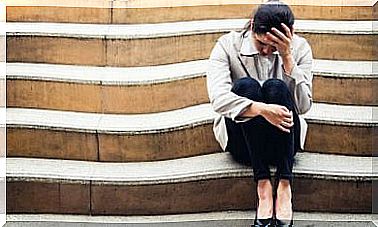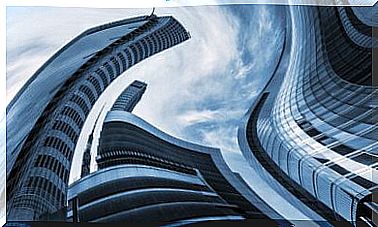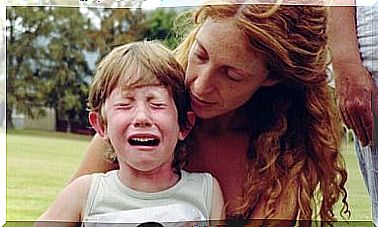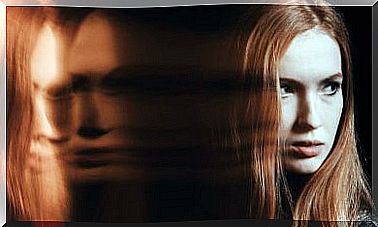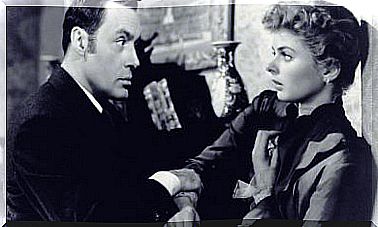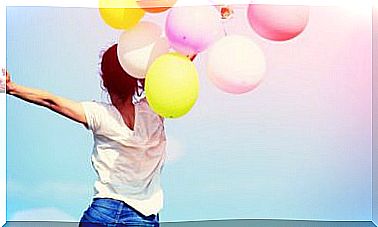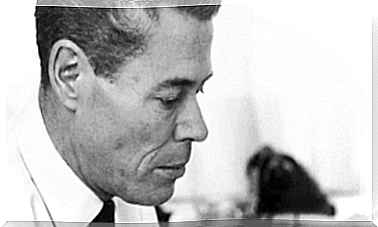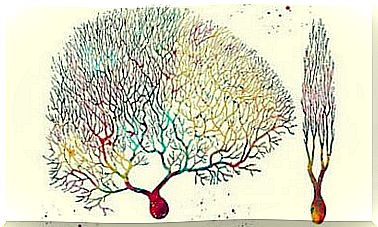Have You Heard Of The Primary Reflexes That Babies Have?
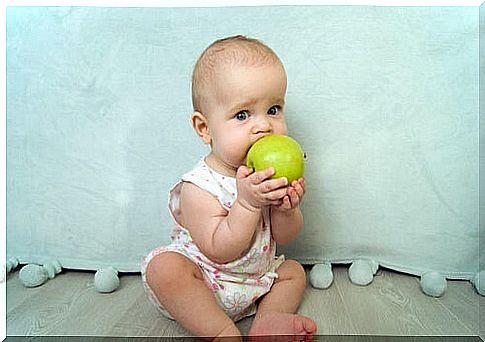
Do you know the primary reflexes that babies have? Of course it is a subject that has appeal, since these reflections are a good test that helps us understand if our baby has his brain in full condition to adapt to this world, to which he has just arrived.
As they are reflections, they will appear or disappear automatically when the baby reaches a certain age. Therefore, it is an indication that at that level our baby’s brain is reacting appropriately. Reflexes involve automatic reactions to the presentation of an external “X” stimulus.
Being more specific, we can say that they are totally involuntary and stereotyped muscular responses to certain stimuli that are presented to the baby in a sensory way. That is, they always happen and always in the same way, hence why they are so easy to examine.
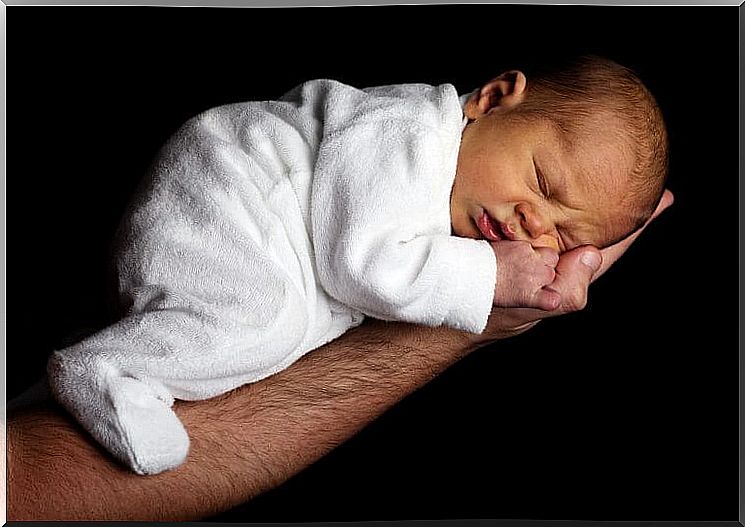
Reflexes are involuntary responses that favor the survival of the baby
They are responses that are formed in the mother’s womb. In the case of primary reflexes, they appear from the first moment the baby goes outside, in the case of secondary ones, they will appear later. These reflexes help him survive in the new world he has just entered. Expert neonatology professionals will look at these reflexes to check that everything is in order at the neural level. For this they will use a classic test, the Apgar test.
The baby’s primary reflexes will disappear as his nervous system matures. These reflexes will cease to fulfill their function, since the baby will learn to control his muscles and will no longer need them. At the same time, you will learn to react accordingly to this new milestone in your development. We are going to comment on some of the best known and most easily detectable reflexes by people who are in contact with the baby.
Suction reflex, plantar and palmar grasp and automatic gait
We go with them!
- Suction: appears when something is brought close to the baby’s mouth. If this object is brushed with his mouth, the baby immediately tends to suck. Thanks to this automation, it is easier for the baby to feed. It will do so during the first months of life. It can last up to the fourth month.
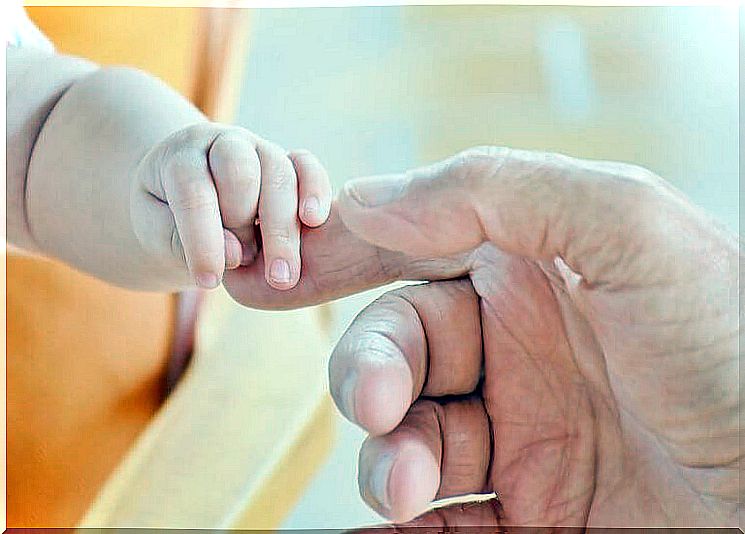
- Plantar and palmar grasp: when we place an object on the palm of the foot and its hand, they tend to contract as if they were trying to grasp what has touched them. This reflex is observed when we put our finger on the palm of the baby’s hand and it tends to squeeze it hard. It is a totally instinctive reaction that you will see since it is very difficult to get rid of the “clutches” of our baby. It usually disappears after 6 months.
- Automatic walking or walking: we observe it when we hold our baby by his armpits, while we let his feet touch the ground. The baby will tend to pretend to walk. They also have a climbing reflex that would consist of lifting their foot to climb a step when it touches the edge of it. The reflex lasts about four months.
Balance reflex and head turn
We go with them!
- Of balance: this is the typical reflex that we usually see when we lift the baby by the side and it shrinks the leg that is higher while the one that is below remains stretched, as if it were hanging. This reflex shows us the ability to balance our baby has. That is, with this reflex we would easily assess the state of your vestibular system.
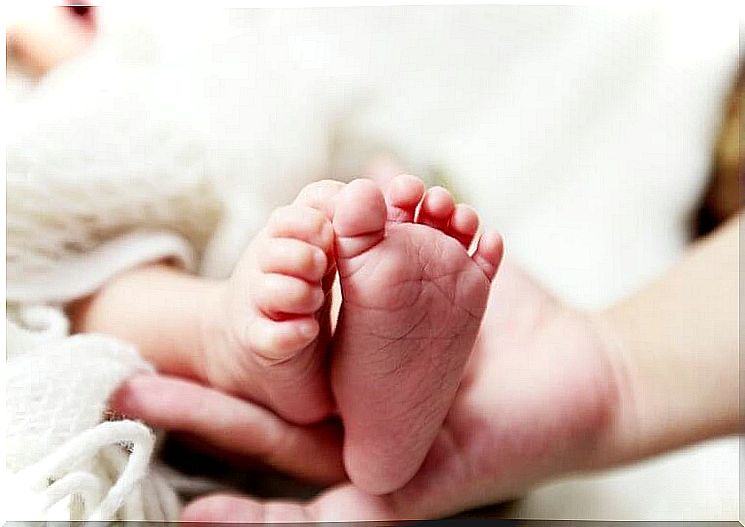
- Head turning: when we lay the baby on his back, he will turn his head to one side while raising the arm on which his head is looking. While the other arm usually remains flexed at the elbow. This position as a defense is called “fencing position”. It lasts until the third month.
As you can see, these reflexes tell us about the good functioning at the neuronal level in which the baby is. These reflexes will fade as the baby’s nervous system matures. For this reason, pediatricians will begin with the evaluation of the baby’s reflexes from the moment it is born.
On the other hand, they are reflections that you can check yourself when you are with the baby. A smile will surely escape you when you can predict what is going to happen and get it right.
